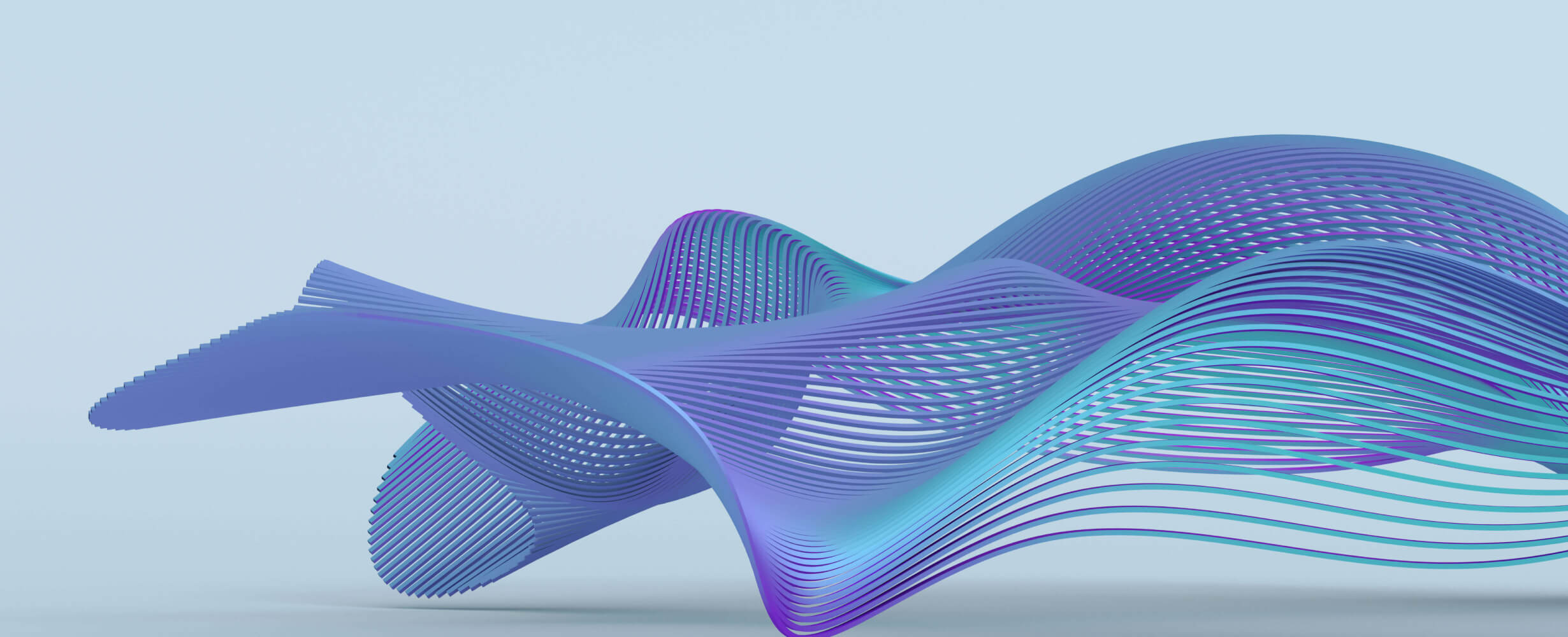
MCP-Image-Gen
连接以复制图像生成API的MCP服务器 - 连接到Windsurfer的示例
1
Github Watches
2
Github Forks
0
Github Stars
Image Generator MCP Server
An MCP server that uses Replicate to generate images and allows users to save them.
Components
Resources
The server implements an image storage system with:
- Custom image:// URI scheme for accessing individual generated images
- Each image resource has a name based on its prompt, description with creation date, and image/png mimetype
Prompts
The server provides a single prompt:
- generate-image: Creates prompts for generating images using Stable Diffusion
- Optional "style" argument to control the image style (realistic/artistic/abstract)
- Generates a prompt template with style-specific guidance
Tools
The server implements three tools:
- generate-image: Generates an image using Replicate's Stable Diffusion model
- Takes "prompt" as a required string argument
- Optional parameters include "negative_prompt", "width", "height", "num_inference_steps", and "guidance_scale"
- Returns the generated image and its URL
- save-image: Saves a generated image to the local filesystem
- Takes "image_url" and "prompt" as required string arguments
- Generates a unique ID for the image and saves it to the "generated_images" directory
- list-saved-images: Lists all saved images
- Returns a list of all saved images with their metadata and thumbnails
Configuration
Replicate API Token
To use this image generator, you need a Replicate API token:
- Create an account at Replicate
- Get your API token from https://replicate.com/account
- Create a
.envfile based on the provided.env.exampletemplate:
REPLICATE_API_TOKEN=your_replicate_api_token_here
Important: The
.envfile is excluded from version control via.gitignoreto prevent accidentally exposing your API token. Never commit sensitive information to your repository.
Environment Setup
- Clone the repository:
git clone https://github.com/yourusername/image-generator.git
cd image-generator
- Create and activate a virtual environment:
# Using venv
python -m venv .venv
# On Windows
.venv\Scripts\activate
# On macOS/Linux
source .venv/bin/activate
- Install dependencies:
pip install -r requirements.txt
- Set up your
.envfile as described above
Quickstart
Install
Claude Desktop
On MacOS: ~/Library/Application\ Support/Claude/claude_desktop_config.json
On Windows: %APPDATA%/Claude/claude_desktop_config.json
Development/Unpublished Servers Configuration
``` "mcpServers": { "image-generator": { "command": "uv", "args": [ "--directory", "B:\NEWTEST\image-generator", "run", "image-generator" ] } } ```Published Servers Configuration
``` "mcpServers": { "image-generator": { "command": "uvx", "args": [ "image-generator" ] } } ```Usage
Once the server is running, you can:
- Generate an image by using the "generate-image" tool with a descriptive prompt
- Save the generated image using the "save-image" tool with the image URL and prompt
- View all saved images using the "list-saved-images" tool
- Access saved images through the resource list
Development
Building and Publishing
To prepare the package for distribution:
- Sync dependencies and update lockfile:
uv sync
- Build package distributions:
uv build
This will create source and wheel distributions in the dist/ directory.
- Publish to PyPI:
uv publish
Note: You'll need to set PyPI credentials via environment variables or command flags:
- Token:
--tokenorUV_PUBLISH_TOKEN - Or username/password:
--username/UV_PUBLISH_USERNAMEand--password/UV_PUBLISH_PASSWORD
Debugging
Since MCP servers run over stdio, debugging can be challenging. For the best debugging experience, we strongly recommend using the MCP Inspector.
You can launch the MCP Inspector via npm with this command:
npx @modelcontextprotocol/inspector uv --directory B:\NEWTEST\image-generator run image-generator
Upon launching, the Inspector will display a URL that you can access in your browser to begin debugging.
相关推荐
I craft unique cereal names, stories, and ridiculously cute Cereal Baby images.
Evaluator for marketplace product descriptions, checks for relevancy and keyword stuffing.
Confidential guide on numerology and astrology, based of GG33 Public information
Emulating Dr. Jordan B. Peterson's style in providing life advice and insights.
Your go-to expert in the Rust ecosystem, specializing in precise code interpretation, up-to-date crate version checking, and in-depth source code analysis. I offer accurate, context-aware insights for all your Rust programming questions.
Reviews
user_p3IQ9CDU
I've been using MCP Hosting in TEE for a few months now, and it has exceeded my expectations. The stability and security provided by the TEE environment are phenomenal. Setting up is straightforward, thanks to clear guidance on the link provided by tolak. Highly recommended for any serious developer!










